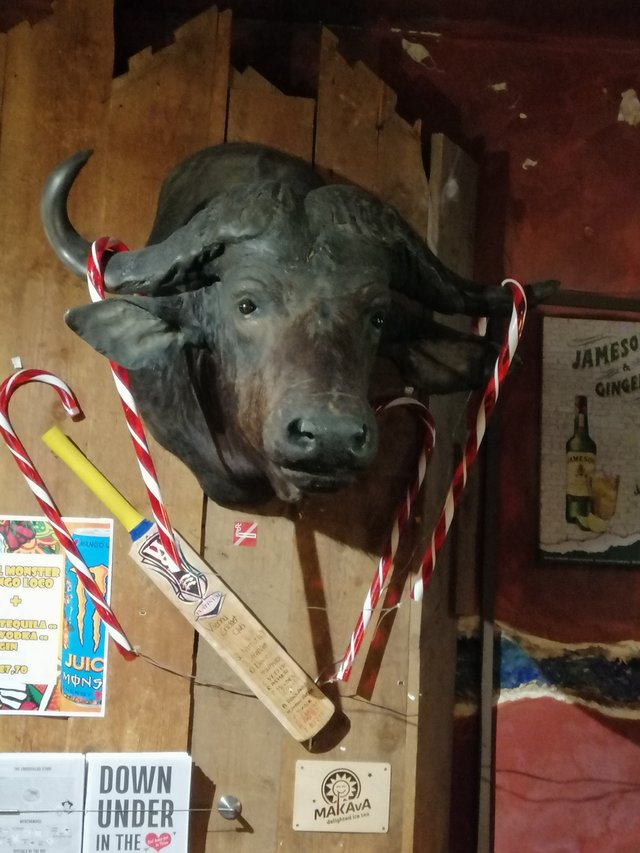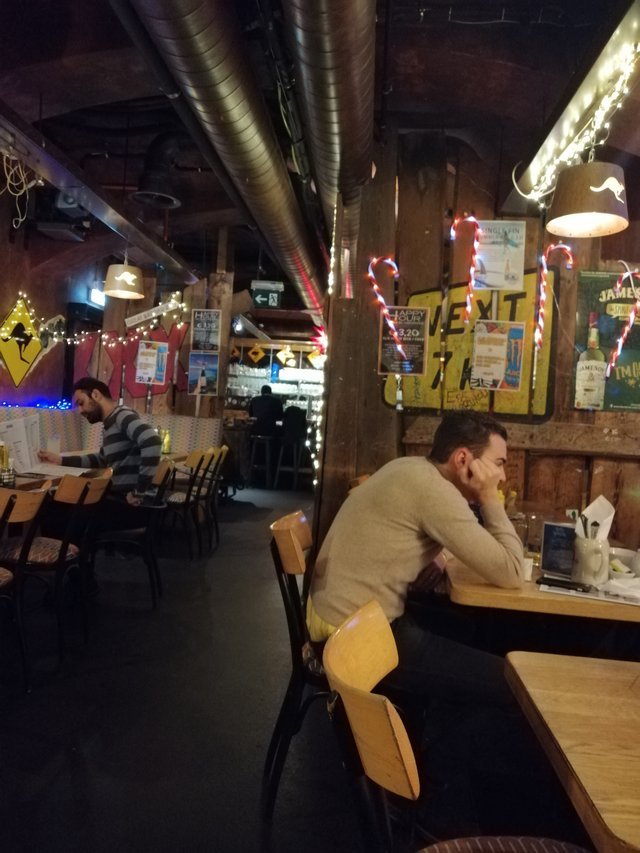
Preparation of the head and bust of a large mammal
When preparing a large mammal's head in particular, it is of particular importance to cut off the whole neck with the part of the breast, with half of the shoulder blade, so that the chest will end heartily forward (only a severed head mounted on the plate, a common mistake of the preparator, however well done, looks random). When mounting, use an oval board that is the diameter and shape of the area where the skin is cut. We fasten it with twisted wire and support boards (Fig. 6). This board is not visible because the skin is covered and a decorative panel is attached to it at the end. We do everything else like roe deer.
In hollow animals (mouflon, capricorn), by cooking the skull and wrapped horns, we must separate the horns (slippers) from the cornea and clean the thick deposits of fat. Wrap the later cornea with a layer of paper and tuck the horns in the same position and range as they were before removing them. In mouflon, chamois, etc. the mouth is always closed and the skin behind the lips must be sewn with thick inner seams and a strong thread.
In aggressive mammals, we often leave our mouths open. It is not enough to work here like with birds (cotton and plaster), but we have to modify the whole mouth with the tongue, gums and gums. We use a "waving paper" mixture made by Koch's method. [1] When the lip is molded, the mixture hardens in a few days and can still be treated with sandpaper. After coloring the lips, and the darker places in the mouth and throat, we coat everything with a colorless varnish to give it a moist look.
Wild boars must be removed by tusks, which are 2/3 of their length in the jaws, by carefully cutting the alveoli (bone bearing of the tooth). The core is shaken and wadded on thin wire, greased with arsenic and dried in a cold and dark room (bursting in heat). After drying, they are thinly waxed on the outside and inside and placed back into the skull. In the Czech Republic, Slovakia and Austria, epoxy resin tusks are poured out by the "sister" tusks and embedded in busts, and the original are placed on a decorative board, as is usual.
- Immerse the cut narrow strips (2mm) of newsprint in water. After a few days when the crumbling paper breaks down, we add a rare cooked dumpling to the porridge and to an equal extent gypsum and painting chalk (limestone made from ground shells of shells). Mix this mixture with the addition of gypsum, chalk and cinnabar powder until it is thick and evenly pink.
A wider photo of the cafe that houses that hunting trophy

